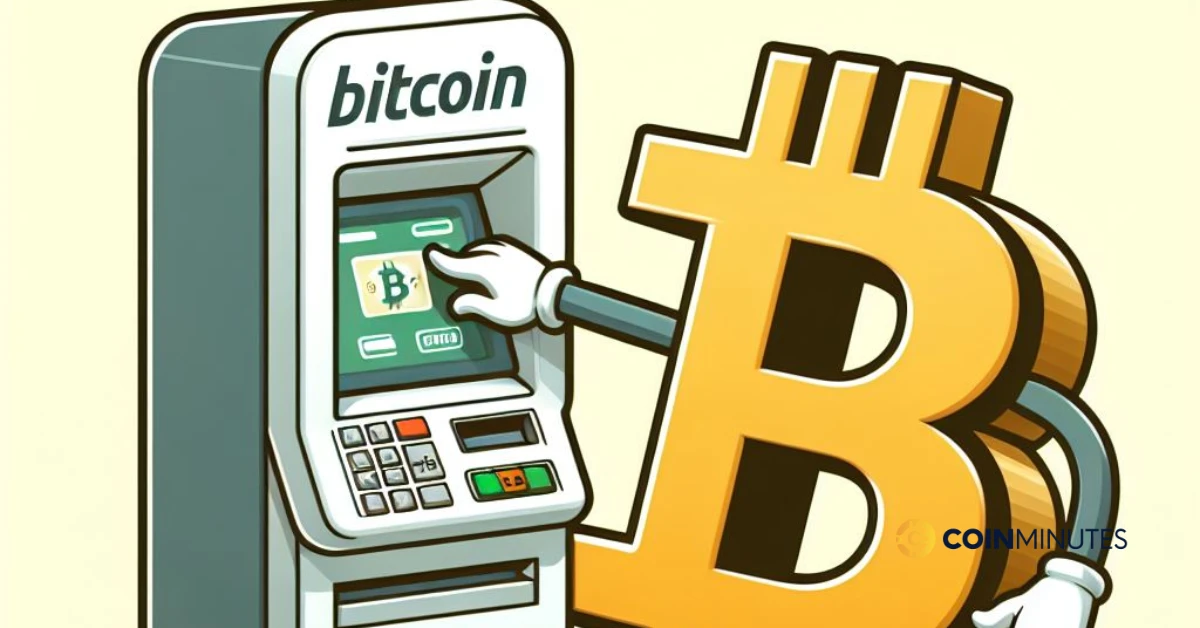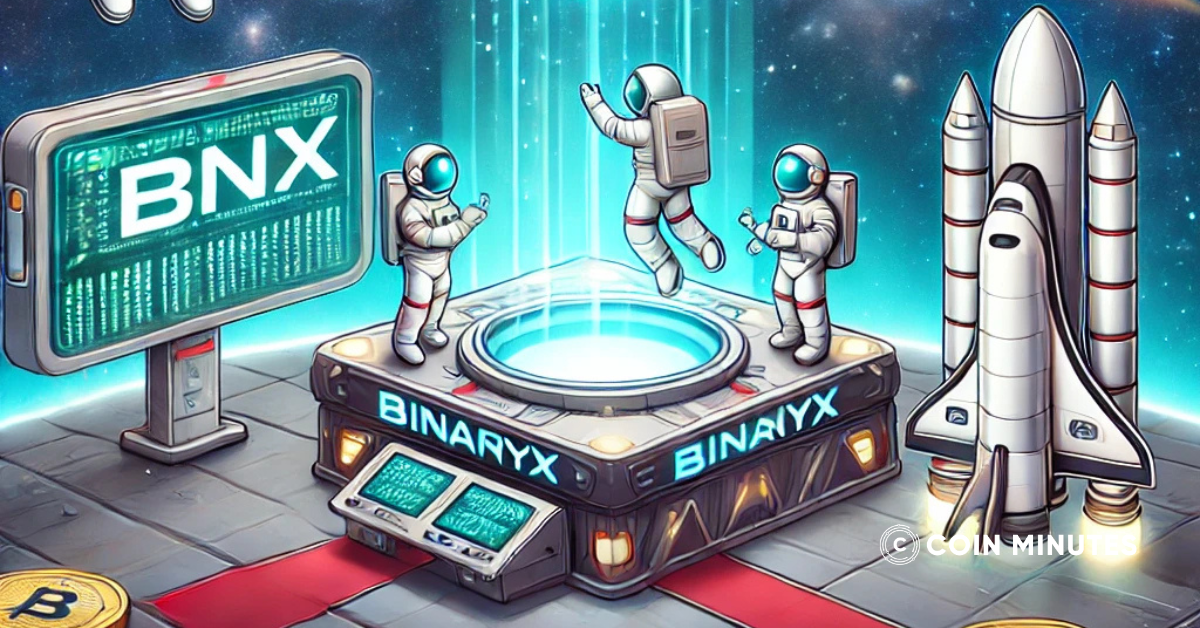Sending money through a Bitcoin ATM is a more convenient and secure way to transfer various types of cryptocurrencies. Bitcoin ATMs are becoming increasingly popular due to their accessibility, user-friendliness, and high security. Especially when considering the risks associated with using traditional exchanges. Let’s follow the article below with CoinMinutes to learn how to use a Bitcoin machine to send money correctly!
Quick Steps to Use Bitcoin Machine to Send Money
|
How to Use Bitcoin Machine to Send Money
To send money using a Bitcoin ATM, follow these steps:
Step 1: Locate a nearby Bitcoin ATM
There are some ways to find the Bitcoin ATMs nearest to you:
- Using Bitcoin ATM locator websites such as CoinATMRadar.
- Visit the websites of Bitcoin ATM manufacturers like CoinFlip or Genesis Coin, which offer locator tools to find deployed Bitcoin ATMs.
Step 2: Insert Cash or Card
To initiate a Bitcoin ATM transaction for someone else, the recipient must create a Bitcoin wallet and share their wallet address. To minimize errors, recipients should generate a QR code for their wallet address.
Most Bitcoin wallet apps allow users to create a QR code, simplifying the process of entering the address at the Bitcoin ATM. Once generated, the recipient shares the QR code with you electronically or by providing a printed QR code on paper. Then, you can insert cash or a card into the machine and proceed with the next steps of the money transfer.
In addition, the transaction fee for each transfer at an ATM usually ranges from 3% to 8% of the amount you want to deposit. So bring more money than you plan to deposit.
Step 3: Enter the recipient’s Bitcoin address
Once you have the recipient’s wallet address, you can either scan their QR code or enter the address manually and proceed with the verification to make the payment.
Step 4: Transaction payment confirmation
Carefully review the transaction details on the ATM screen including the amount, transaction type, and transaction address, as blockchain transactions are irreversible. Any mistake could lead to a loss of funds. After confirming, proceed with the transaction.
Step 5: Check to see if the recipient has received the money yet
After confirmation, the Bitcoin ATM will issue a receipt containing important details such as the transaction ID, date, time, and the amount converted into cash. At this point, the system will notify the recipient that the transfer was successful.
Pros and Cons of Using Bitcoin ATMs to Send Money
Although these ATMs offer convenience and speed, there are also considerations regarding transaction fees, exchange rates, and other security issues. Below are some pros and cons of using Bitcoin ATMs to send money:
Pros
- Certain Bitcoin ATMs offer users the opportunity to buy Bitcoin with minimal personal information, ensuring a level of privacy.
- Accessible in diverse locations, even in regions with restricted online cryptocurrency exchange access.
- User interfaces are intuitively designed, catering to cryptocurrency newcomers.
- Purchasing Bitcoin via a BTM can be quicker than using online exchanges, which require identity verification and account setup.
- Users can purchase Bitcoin with cash or credit/debit cards, bypassing the need for a bank account.
- Bitcoin ATMs operate 24/7, offering round-the-clock access to cryptocurrencies.
- Certain Bitcoin ATMs offer the option to create a cryptocurrency wallet.
- With the growing adoption of Bitcoin, more Bitcoin ATMs are appearing globally.
Cons
- Bitcoin ATMs charge higher transaction fees (7%-12%) than online exchanges, and their exchange rates are typically 5%-10% less favorable.
- Bitcoin ATMs are less widespread than traditional ATMs.
- Bitcoin ATMs frequently impose limits on the amount users can buy or sell.
- Some users may be robbed while conducting transactions at Bitcoin ATMs.
- In case of transaction issues, users may have restricted access to customer support compared to online exchanges.
- Stringent regulations in some regions can affect Bitcoin ATMs by imposing requirements such as customer ID, transaction limits, and AML/KYC compliance, impacting availability and usage.
The Bottom Line
Understanding the process of using a Bitcoin machine to send money will help you conduct cryptocurrency transactions faster, more conveniently, and more securely. With the insights provided by CoinMinutes, you now have a clearer understanding of how to use the Bitcoin machine to send money and carry out these processes confidently and efficiently. Now, you can leverage the potential of Bitcoin ATMs to manage your finances with ease and peace of mind.








